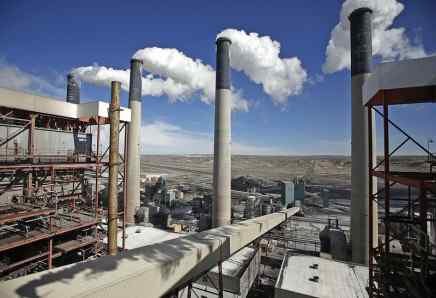ISLAMABAD — After years of restrictions, the government is preparing to lift the ban on new household gas connections, though consumers will have to pay more both upfront and in their monthly bills.
Officials confirmed that the Petroleum Division has sent a proposal to the federal cabinet allowing new connections at the price of imported LNG, currently around Rs3,900 per million British thermal units (mmBtu). The upfront connection fee is also expected to rise nearly fourfold, from Rs15,000 previously to Rs40,000–50,000.
If approved, the plan would initially cover 120,000 households in the first year. Preference will go to applicants who had already paid demand notices or priority fees before the moratorium was reimposed. About 250,000 such applicants are currently in limbo.
A Long Queue of Applicants
Gas companies have more than 3.5 million pending applications for new connections. The backlog dates back to 2009, when the first moratorium was imposed to manage supply shortages. A partial relaxation in 2015 was later rolled back, and a complete ban was reinstated in 2022.
For years, applicants were allowed to pay an “urgent fee” of Rs25,000 to bypass the long wait, compared with a routine fee of Rs5,000–7,500. But with the new proposal, even those who paid upfront years ago will need to submit affidavits agreeing not to challenge the revised fees in court.
Why LNG, and Why Now?
The push to reopen new connections is less about meeting household demand and more about managing Pakistan’s LNG glut. With limited use in the power sector and industries facing economic slowdowns, imported LNG has piled up in the system.
The Ministry of Finance has pressed for “demand-side interventions” — essentially, expanding residential consumption to absorb surplus imports and avoid breaching international supply contracts.
But there’s a tradeoff: imported LNG is roughly twice as expensive as domestic gas. While still cheaper than LPG — currently around Rs5,300 per mmBtu — LNG-based supply adds to household energy costs and risks worsening circular debt in the petroleum sector.
Ongoing Strain on the Gas Network
Even before winter, Sui Northern Gas Pipelines Limited (SNGPL) has been rationing supply, providing households only 6–9 hours of gas per day. Adding new consumers, analysts warn, may deepen shortages during peak demand months.
At the same time, the government is under pressure to keep its LNG commitments. Three Qatari LNG cargoes each month are already surplus to requirements, forcing Pakistan to either divert them to international markets or absorb them domestically at higher costs. Last year, five such cargoes had to be postponed.
Complicating matters further, over 300 million cubic feet per day (mmcfd) of local gas production has been shut down to make room for imported LNG, resulting in heavy losses for domestic producers and jeopardising future exploration.
The Bigger Picture
The decision reflects a difficult balancing act:
- Households will gain access to new connections but at prices tied to volatile global LNG markets.
- Gas companies stand to secure more revenue from fixed charges and connection fees, though winter shortages will persist.
- The government hopes to manage surplus LNG imports and avoid contract penalties, but risks swelling circular debt even further.
With Prime Minister Shehbaz Sharif reportedly frustrated over delays in issuing new connections, cabinet approval seems likely. The real test, however, will come in winter, when millions of new and existing customers compete for limited supply in a system already stretched to its limits.

